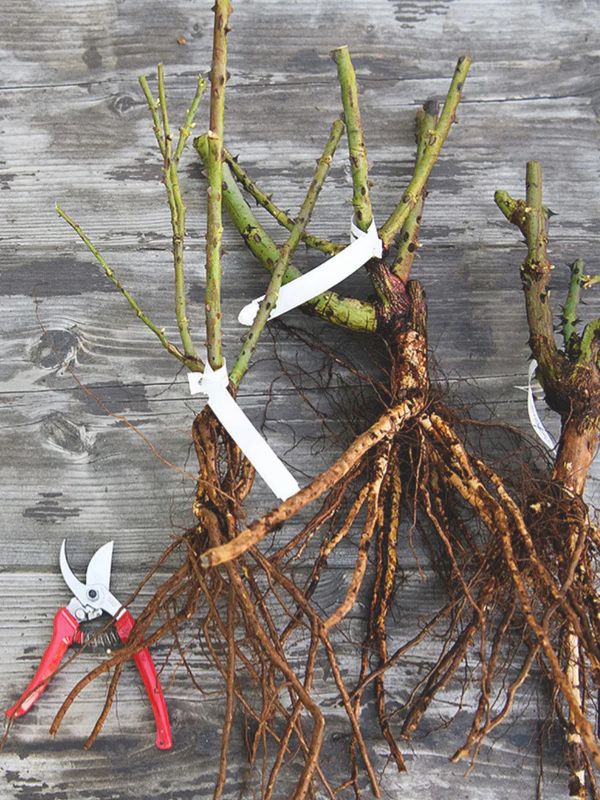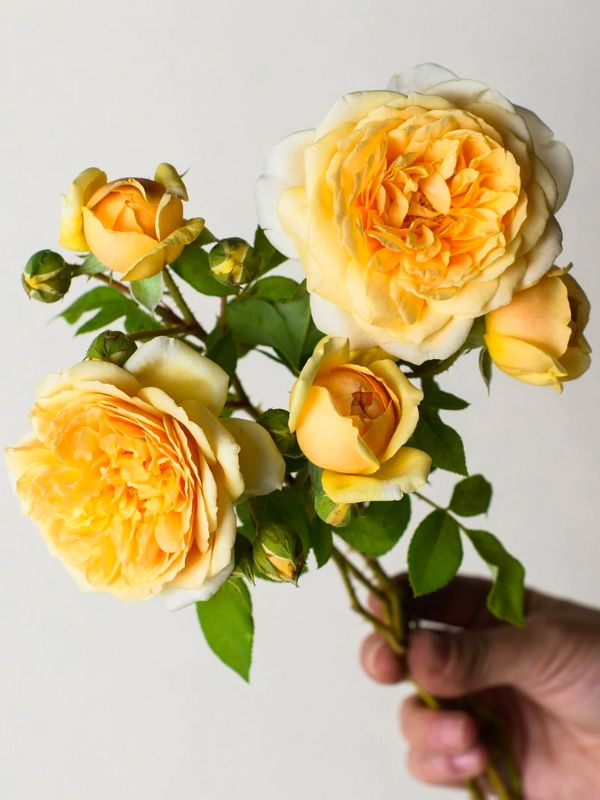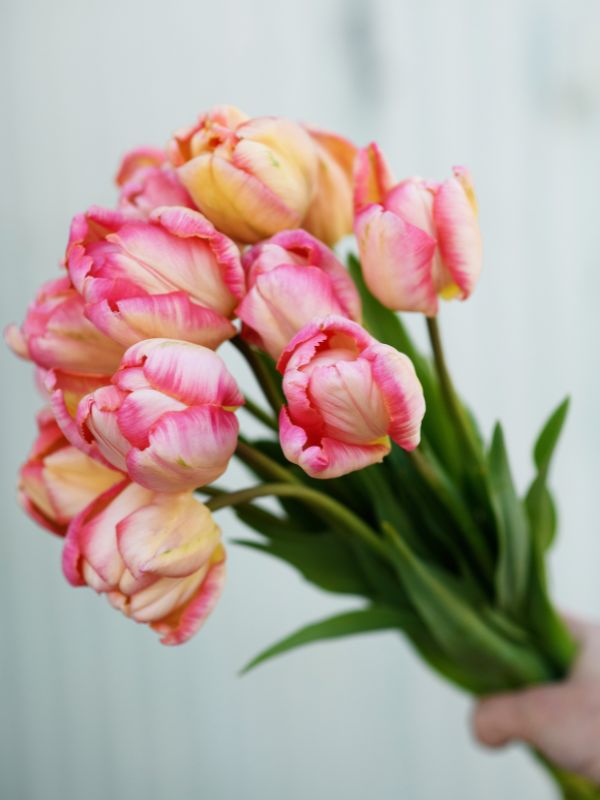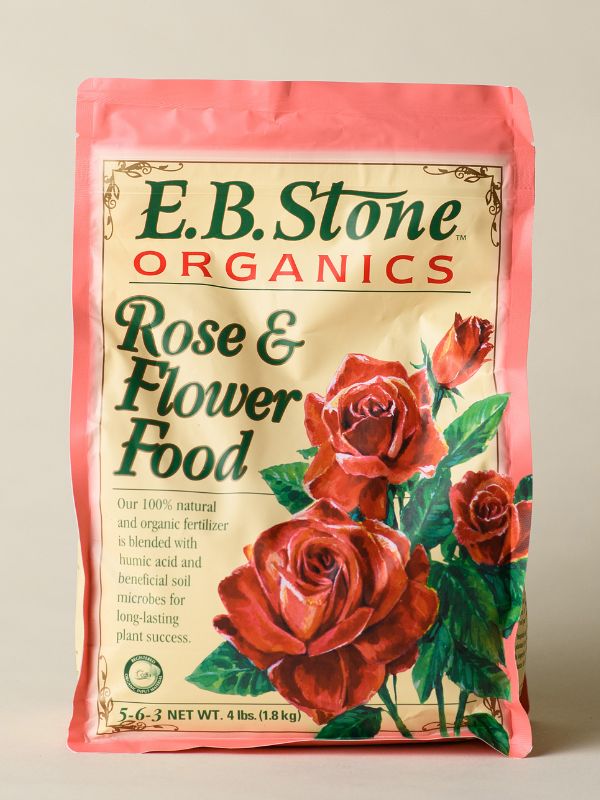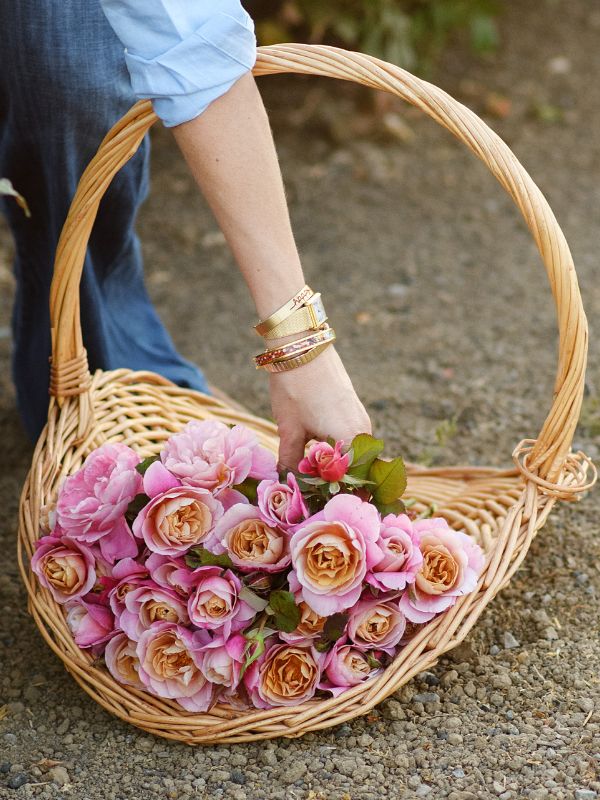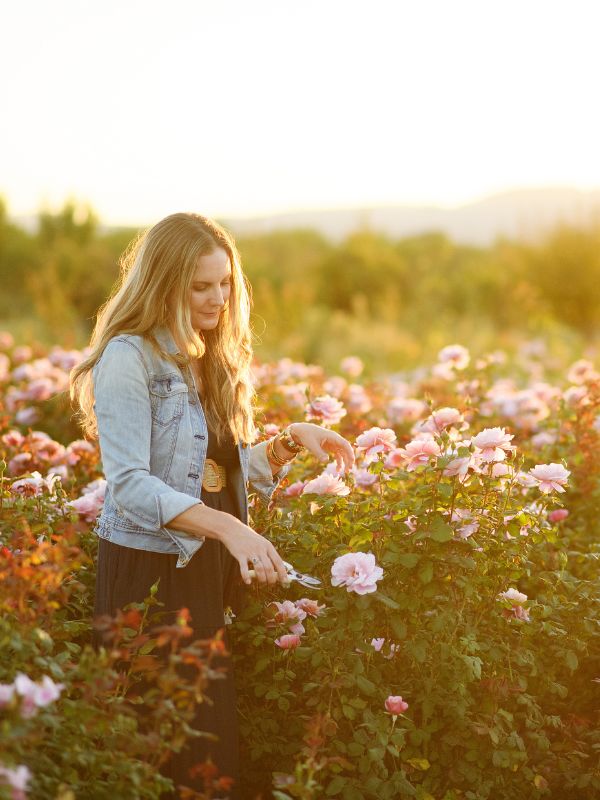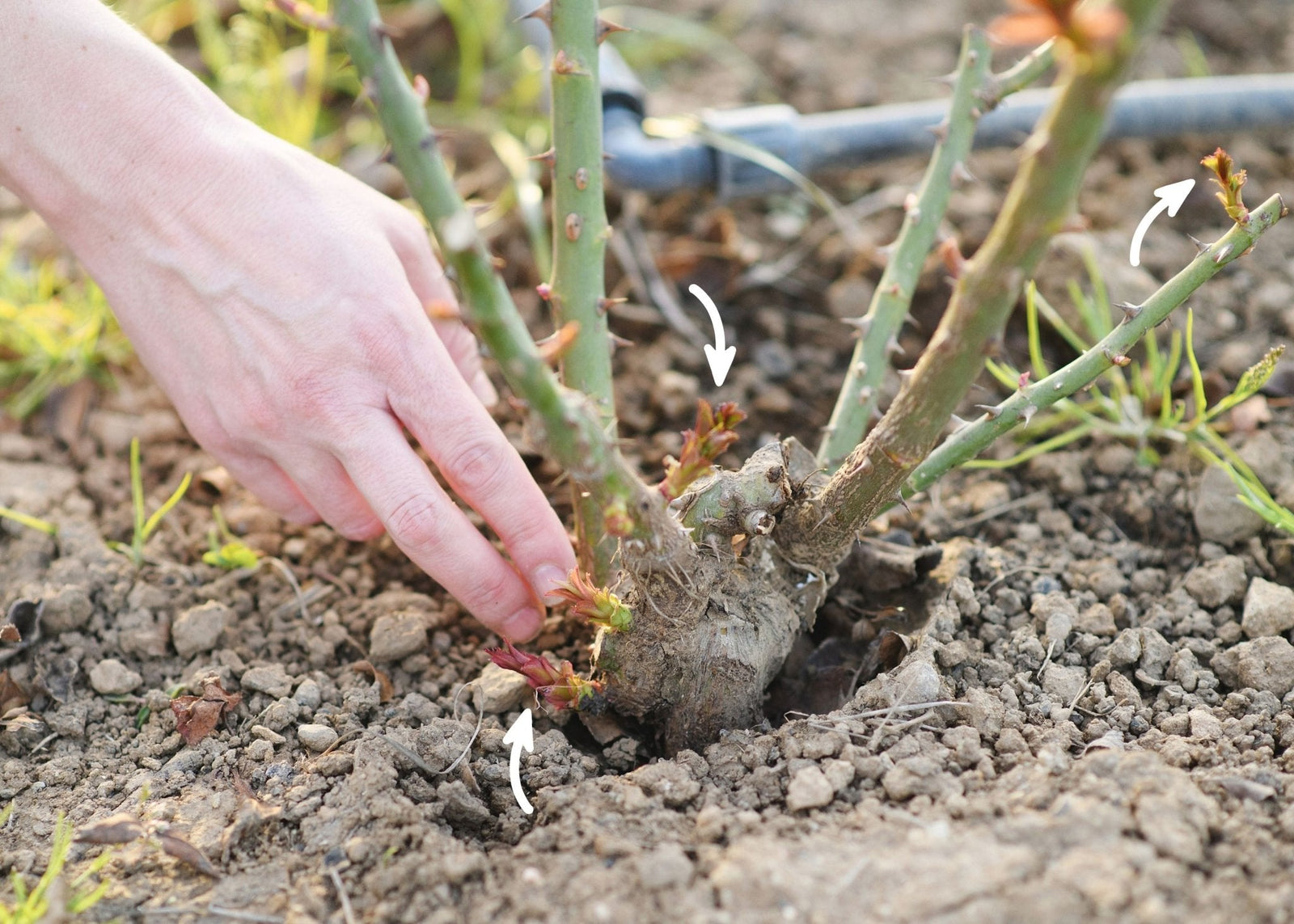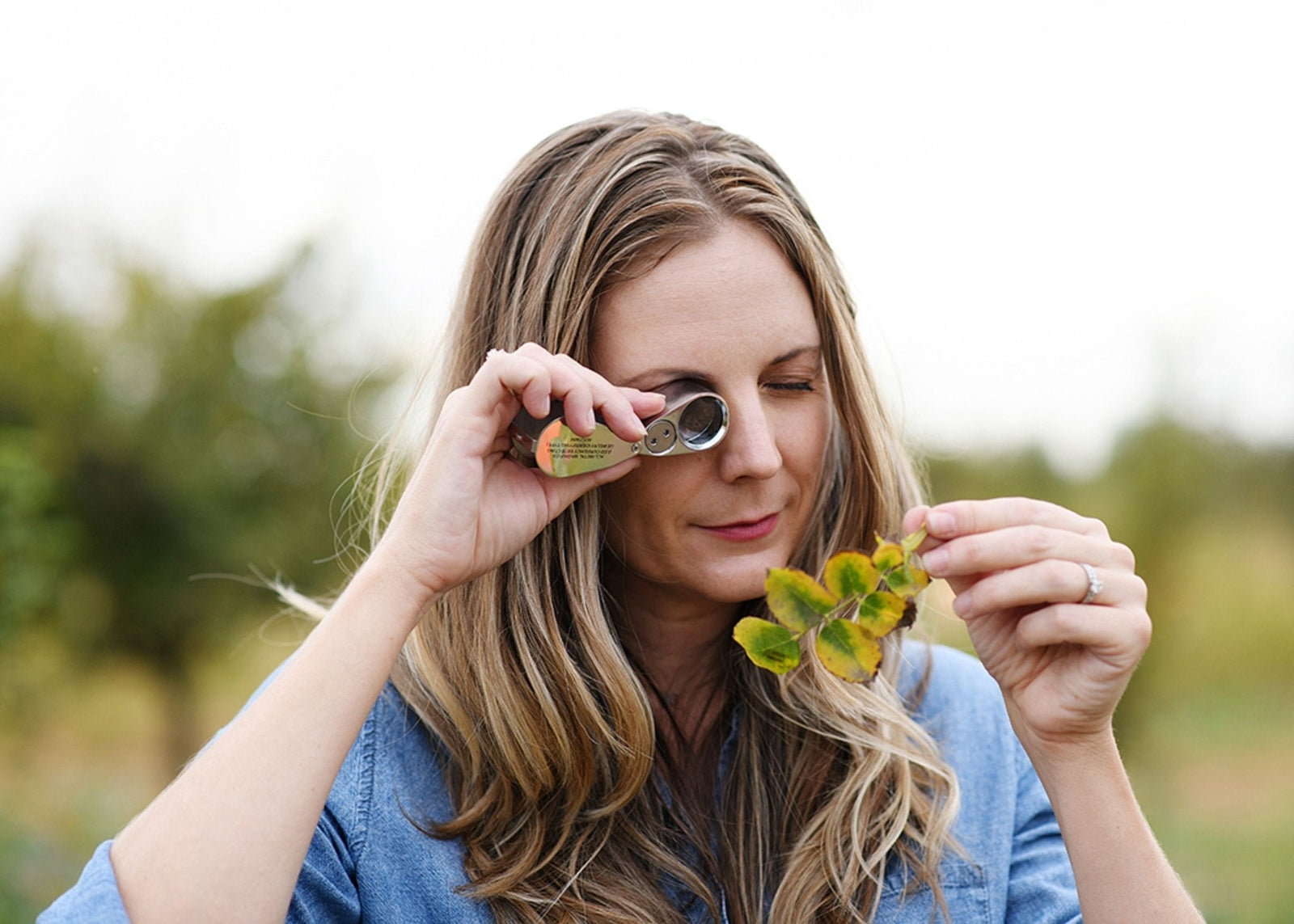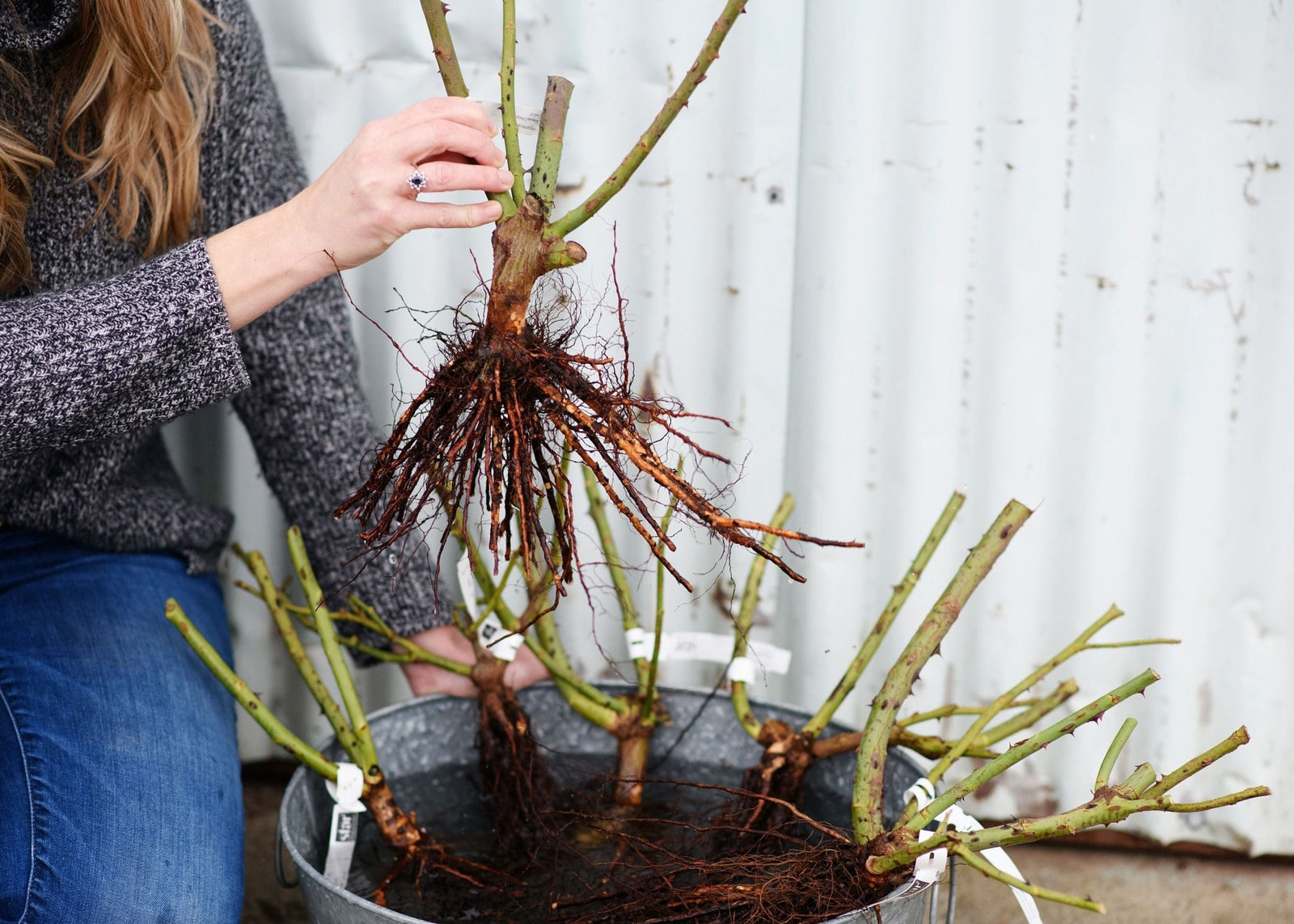Greetings! Last week we tackled insect care for roses in the fall as part of our Fall Cleanup series and this week we are diving into disease prevention. As we welcome the cooler weather, let's chat about keeping those gorgeous roses disease-free this fall season.
It's that time of year when seasonal disease can creep back into our gardens. Whether it's powdery mildew, downy mildew, botrytis, rust or blackspot, these pesky diseases love damp conditions, so staying vigilant is key. PRO TIP: It's way easier to prevent disease than to deal with it after it settles in, so let's be proactive together!
Under ideal conditions for disease spread, such as warm temperatures, high humidity, and leaf wetness, it can take as little as 7 to 10 hours for fungal spores to infect a rose leaf. This timeframe is common for most rose diseases, such as black spot and powdery mildew. The spores need moisture on the leaf surface to germinate (so if the surface is dry they don't germinate), and extended periods of wetness, like overnight dew or rain, provide the perfect environment for the infection to take hold. Once the spore germinates and penetrates the leaf tissue, symptoms of the disease (like spots or discoloration) may appear within a few days to a week.
Here's my challenge to you this week: keep an eye out for any moisture on your roses from the early morning dew or those heavy, humid clouds above. Check the weather forecast for rain too. When you are expecting rain, dense cloud cover or you are starting to see the morning dew on your roses each day get out the day before a wet event and spray with a fungicide.
Grab some
organic copper or a
systemic fungicide and give your plants a spray before the moisture settles and re-apply as needed about every 5 to 10 days. The good news is all of the diseases I listed above can be treated with the same materials. This simple routine pre-treating ahead of the disease helps create a less inviting home for them to take hold.
Here are my favorite treatments for garden rose diseases:
I get it, sometimes life gets in the way and you didn't have time to get a treatment on before the the moisture creeps onto your leaves and buds. Don't worry you can do the same spray protocol with one of the fungicides listed above every 5-10 days - it just may take a little longer with more applications to suppress the disease once it's already established.
Always read the product label carefully to ensure that you are using the fungicide effectively, safely and at the correct intervals. And
don't forget to take care of yourself while you're at it! Be sure to wear the appropriate personal
protective equipment (PPE), like gloves, a mask and eye protection, to protect yourself from exposure.
After you've sprayed for diseases make sure to clean your rose beds too. Removing old leaves and debris from the base of the plant will prevent disease spores from spreading now and into the next growing season. (We'll dive more into bed clean-up in next week's newsletter!) With these simple steps for disease control, you can help safeguard your roses and enjoy a healthier garden throughout the fall season.






